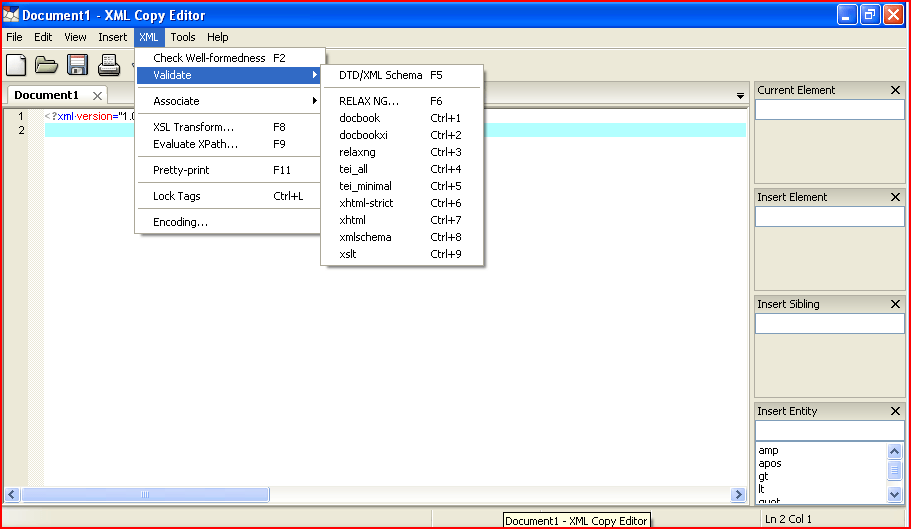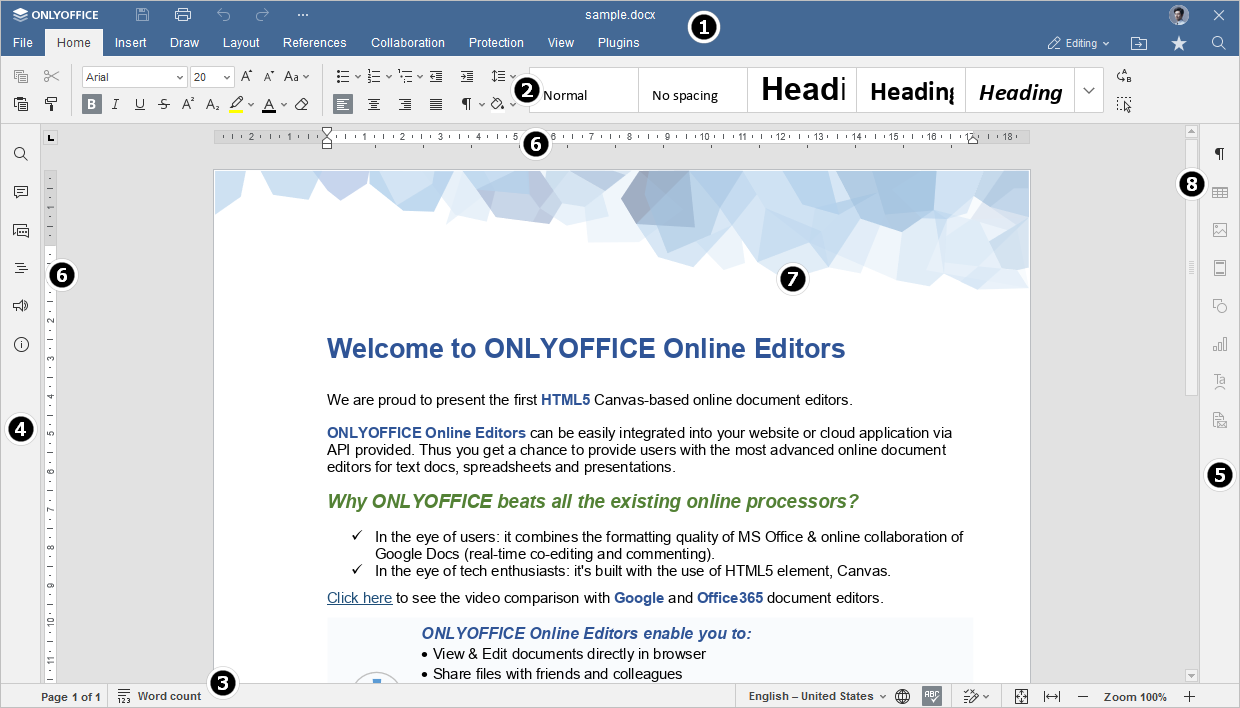

Usually without DTD or XML schema definition, all whitespaces are significant whitespaces and should be preserved. These whitespaces are typically not intended for inclusion in the delivery of the document. Insignificant whitespace is used when editing XML documents for readability.

Significant whitespace is part of the document content and should be preserved.

In XML documents, there are two types of whitespace: XML considers four characters to be whitespace: the carriage return (\r or ch(13)), the linefeed (\n or ch(10)), the tab(\t), and the spacebar (' '). In the following sections, you will learn about the concept of XML whitespace along with tips to avoid such problems. For this example, if you don't want to strip out the whitespaces for all XML elements, you can instead use instead.


 0 kommentar(er)
0 kommentar(er)
